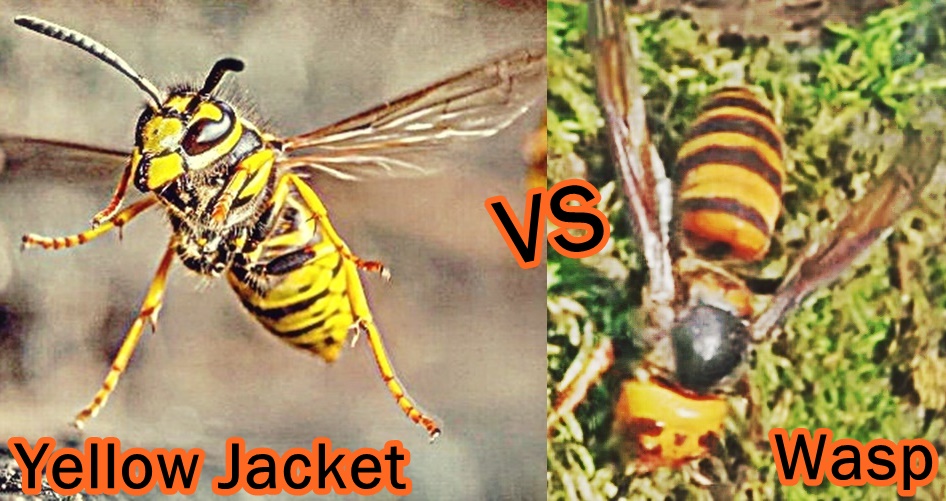
Wasps are a type of insects that belong to the Hymenoptera order and the suborder Apocrita. Hornets and yellow jackets are regarded as wasps. Wasps are grouped in the same category as ants and bees. As compared to bees with a thick mid-body, wasps tend to have a thinner waist. Bees tend to look fuzzy, while wasps have a smoother shinier coat. The major difference between wasps and ants is that the former has wings, while most ants don’t. Also, all wasps have a good defense system consisting of stingers, while only a few types of ants can sting.
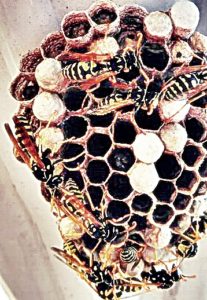
Yellow jackets are a type of wasp that nests in the ground. They may be as big as or somewhat bigger than honeybees and feature black and bright yellow bands all over their bodies.
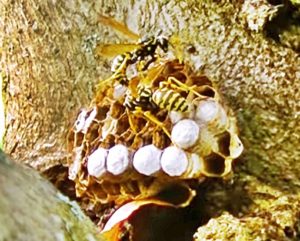
Yellow Jacket vs Wasp – Pictures
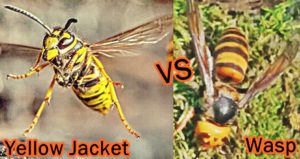
Wasp and its role in the environment
There are more than 74,000 species of wasps present on planet earth. Other than the polar areas, wasps can be found in every geographical region. The insect may not necessarily be involved in pollination of flowers and hence do not have any kind of ecological part. Solitary wasps are predators of almost all kinds of pest insects and thus play an important role in biological control of pests in agriculture.
Most wasp species are carnivorous, while a majority of solitary wasps tend to lay their eggs and grow them on or in other kinds of insects. Wasps are however not categorized as parasites because the young larvae consume the host insects.
Fossils of wasps have been dated back as far back as the Jurassic period. Recently, some wasp fossils have been dated back by over 260 million years. The oldest recognized fossil found on the Isle of Wight was around 34 million years old. The fossil looked similar to the current species, thereby indicating that the insect did not undergo any change during millions of years.
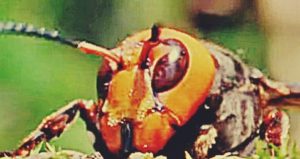
Types of wasps
Some common types of wasps are listed below:
- The Megascolia procer or giant scoliid of Indonesia is one of the largest species of solitary wasps. They feature a wingspan of nearly 12 centimeters.
- The Asian giant hornet is the largest type of social wasps and can grow up to 2 inches.
- Potter wasps or mason wasps are the ones that build their elongated nests with mud and clay. Some have a dark amber body, but they typically have black bodies, throbbing abdomen, and a thin waist. The exoskeleton has iridescent areas which shine in dark blues and bright violets under sunlight. The eggs are laid in the mud nests and the mother wasp keeps extending the nest to place food for the hatchlings. The young eat small caterpillars which form their bed inside the mud nest. As the larvae grow they eat the caterpillar. Adult wasps drink nectar of flowers. The US and Canada is home to around 720 species, while some 3000 different types can be found all over the world.
- The smallest wasp is the chalcid wasp. They are solitary and measure just 0.0056 cms.
- The tarantula hawk wasp is almost as big as the Asian giant hornet. Its sting can cause extreme pain to people. The insect can easily overpower another insect or a spider which is many times bigger.
- Cuckoo wasps have a brilliant metallic body with shades of bright green, blue, or red. There are more than 229 species of cuckoo wasp species in Canada and the US, and more than 2900 species worldwide. They are secretive and tiny and difficult to spot. The insect lays its eggs in the nests of other wasps, bees, or insects. It is typically found in open sunny places, near small shrubs and flowers.
- Paper wasps are around an inch in size with black wings. North America is home to over 21 species of paper wasps, while there are around 699+ species around the globe. Some types may feature reddish brown or yellow and brown markings on their bodies. The nest is build with fibers of plant stems and dead wood combined with saliva. The nest looks like thin like paper and hence the name.
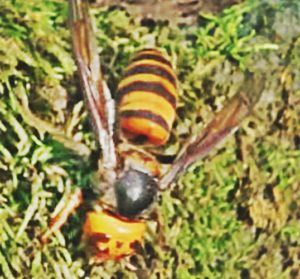
Yellow Jackets
A few distinctive features of yellow jackets are mentioned below:
- Yellow jackets are the most common type of predatory/carnivorous wasp in the US and Canada. They belong to the genera Vespula and Dolichovespula. Most have the distinctive yellow and black bands on their bodies and hence the name. Some feature a red base color, while others like the bald-faced hornet feature black and white strips.
- The yellow and black body and a similar size cause most people to confuse yellow jackets with bees. Unlike bees, yellow jackets do not ferry pollen and do not have hair. They however have mandibles and proboscis for chewing and sucking respectively. Its diet is primarily made of sugars and carbohydrates, like fruits, flower nectar, and tree sap. The young larvae are fed on caterpillars and other garden pests.
- The average length of their bodies is around half an inch. The Queen is bigger and measure around ¾ of an inch. All female yellow jackets have stingers. Their sting can be real painful. The stingers feature small barbs and the insect can sting several times. Their venom released by their sting can be very dangerous for people who have been stung multiple times or those who are allergic to the ingredients in the venom.
- Before landing, the insect flies side to side. It is predator of pest insects. It lives in colonies and each colony may have an average population of 3000 to 4900 yellow jackets. The workers, queens, and males like in the colonies and hunt together. Colonies are generally yearly, while inseminated queens stay in the nest till they die during fall season. Queens continue to lay eggs all through the season.
- The insect typically builds its nest in protected areas like shrubs, mouse burrows, tree stumps, or artificial structures. The nests are made from wood fibers that are chewed into pulp. Yellow jackets aggressively defend their nest and colonies. They are easily agitated and provoked, tend to chase attackers over large distances, and attack together in a force. Vibrations and sounds, like that emitted by a trimmer or a lawnmower, can agitate the colony (even distant colonies) and trigger a forceful attack.
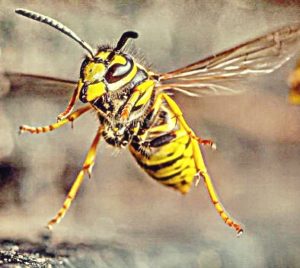
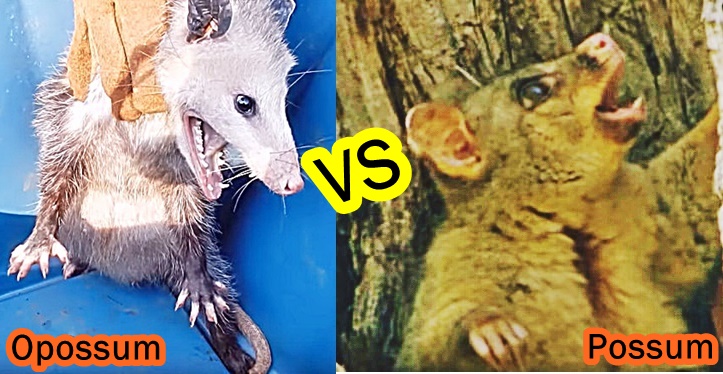
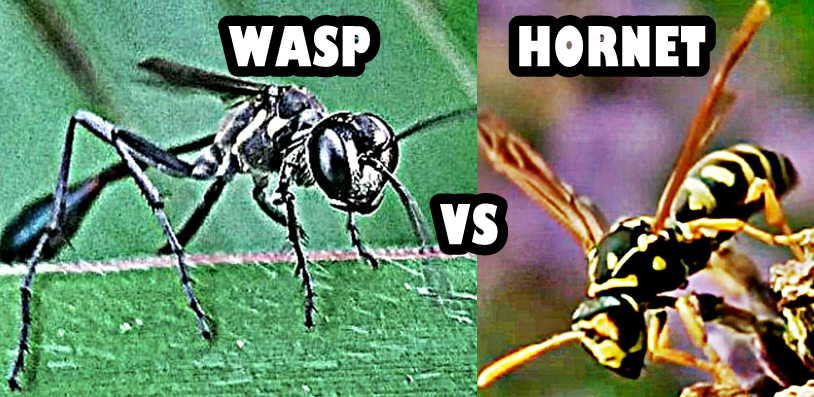
Leave a Reply